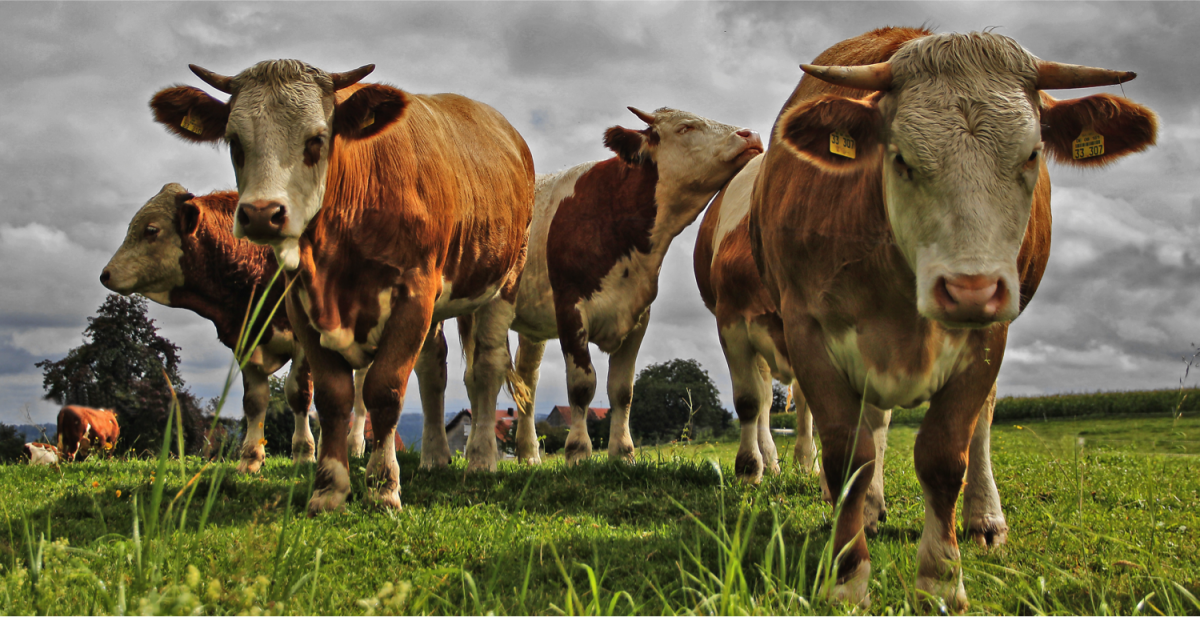December 7, 2016
Leading Australia Investment Manager Queensland Investment Corporation (QIC) has wasted no time making its presence felt in the agricultural sector with its recent landmark acquisition of an 80 percent stake in one of Australia’s oldest and largest agricultural enterprises, North Australian Pastoral Company (NAP), a transaction estimated to be in the vicinity of A$300 million.
The $78 billion company’s bold decision to invest Australian superannuation assets into the agriculture sector for the first time sends a strong message to its competitors of its intentions to prosper from the booming beef industry.
The May 2016 transaction of NAP, which covers 5.8 million hectares across Queensland and the Northern Territory and approximately 178,000 head of cattle, was made on behalf of QIC’s clients along with the UK-based Pension Protection Fund (PPF) and the Queensland government’s Defined Benefit Plan. NAP’s largest shareholder, the Foster family, will retain an interest of approximately 20 percent of the vertically integrated beef business.
QIC Principal for Private Equity Phillip Cummins told GAI News earlier this week that the company’s entry into the agriculture sector is a natural step forward.
“QIC’s DNA is investing for the long-term in great assets and adding value through active management,” Mr. Cummins said. “We’ve done that successfully in real estate, infrastructure and private companies and now, investing in food and agriculture is a natural next step for us.
“We view investments in this sector as operational business backed by real assets that benefit from the partnership and active management that is embedded in QIC’s DNA. We see a lot of potential in the beef industry’s value chain by optimizing operations and creating efficiencies that are scalable.”
According to Mr. Cummins, the appeal of NAP was the opportunity to purchase real assets that provide long-term capital appreciation through high-quality land, genetics and water allocations.
“NAP had existing operational integration, significant scale opportunities, great cattlemen and cattlewomen, superior land assets, genetics and water along with a great Australian heritage,” he said.
“This investment has the added strength of the Foster family retaining a 20 percent stake. This continuity is important as there is a deep reservoir of affection for the Foster family among NAP’s cattlemen and cattlewomen, not to mention the benefits of the family’s outstanding knowledge of the beef industry and strength of relationships. Their stake in NAP also speaks to the sense of partnership that all shareholders want to continue to nurture as we all work to grow the business to a shared strategic vision.”
QIC plans to raise $400 million over the next 12 months to invest in food and agriculture, contributing to the growth of the sector by bringing institutional capital to privately held businesses and assets. With a long-term investment mindset, the company anticipates the sector will become an ‘alternative asset’ for diversified superannuation and pension fund portfolios, providing good returns with long-duration cashflows, which make an excellent fit with the time horizons of superannuation and pension funds.
“The investment case for food and agriculture is extremely compelling and we take a long-term view and position on the asset class,” Mr. Cummins said. “The nature and dynamics of the sector requires patient, long-term capital that will provide strong forward returns and the benefit of portfolio diversification due to the low correlation with other traditional, alternative asset classes.
“Additionally, the investment thesis behind our attraction to the sector is around the growing demand for food globally, which isn’t a trend that will have an impact for the next two or three years, but will instead be a driving factor over the next 10, 20 and 30 years.”
Driving the growth of Australian agriculture
Providing long-term food security to Asia will drive the growth of Australian agriculture, according to Mr. Cummins who says Australia’s beef industry and NAP are ideally positioned to contribute significantly to this growth.
“The upbeat outlook for Australian agriculture stems from the growing Asian middle class, which is one of the great themes of the 21st Century and Australia’s proximity to Asia is an obvious competitive advantage as is our high-quality, disease-free beef,” Mr. Cummins said.
“A powerful combination of population and income growth in Asia will accelerate protein consumption growth, spurring the demand for beef as consumers shift up the protein chain.
“Global beef consumption is expected to grow 14 percent a year over 2013 to 2023. Over the same time, growth in Asian beef consumption will double the global average. As ABARES research reveals, Asian meat imports are expected to increase by at least tenfold by 2050 (from 2007).
“Asia today is a net importer of beef and its herd size is declining thanks to rising meat consumption. By 2024, Asia will account for 47 percent of global beef imports.”
As the Australian agriculture and food sector becomes an emerging asset class gaining more and more attention from institutional investors looking to grow their portfolios over time, Mr. Cummins says the main challenge the sector faces to maximizing on its growth will be attracting capital and the right capital.
—
Melissa Lawrence

Let GAI News inform your engagement in the agriculture sector.
GAI News provides crucial and timely news and insight to help you stay ahead of critical agricultural trends through free delivery of two weekly newsletters, Ag Investing Weekly and AgTech Intel.




